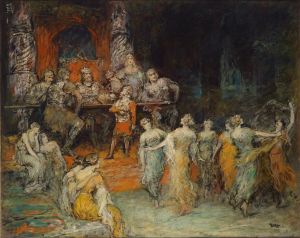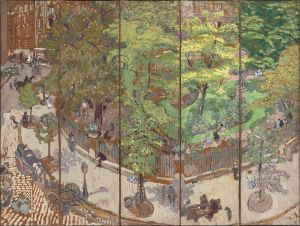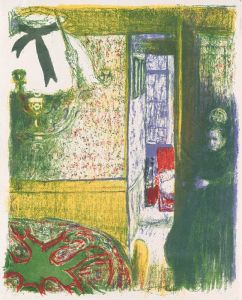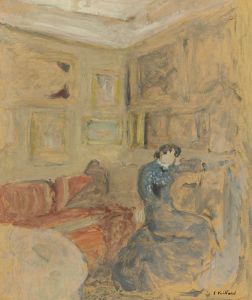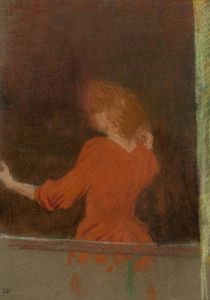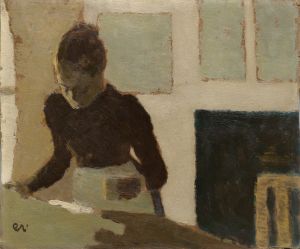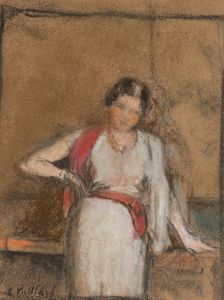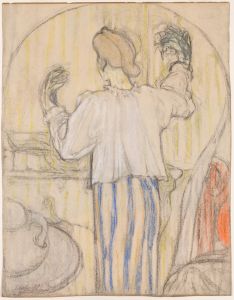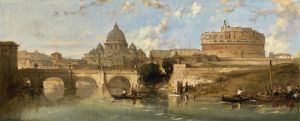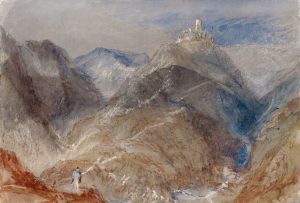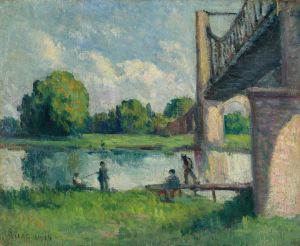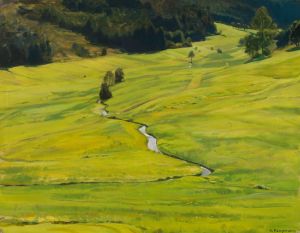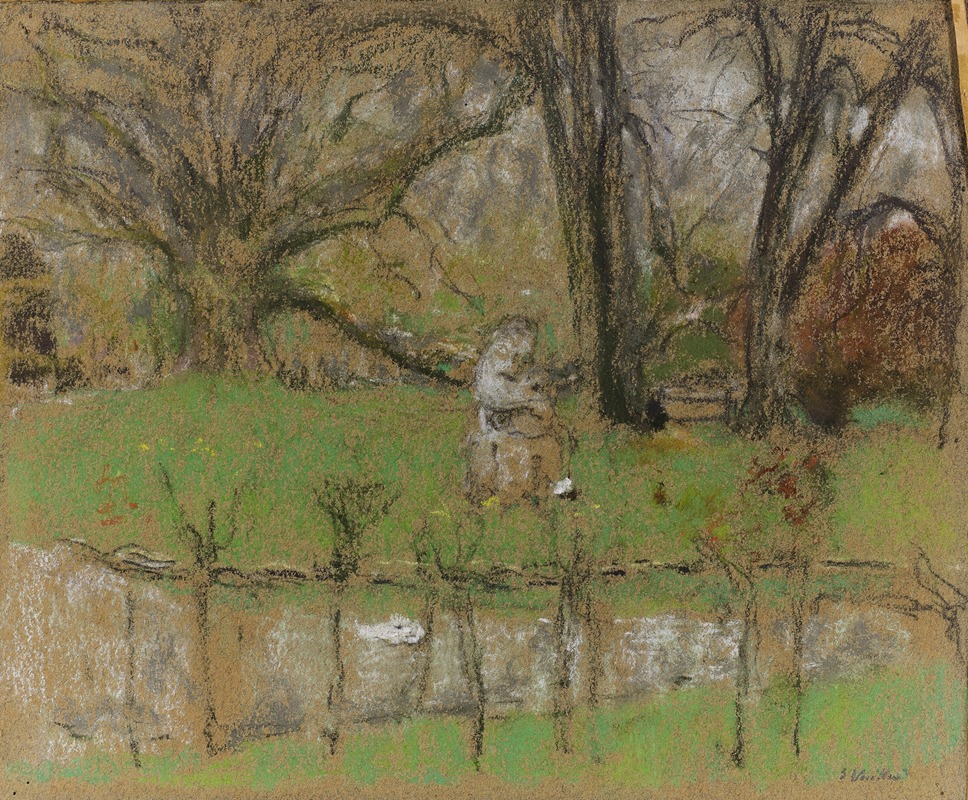
L’étang devant le château
A hand-painted replica of Édouard Vuillard’s masterpiece L’étang devant le château, meticulously crafted by professional artists to capture the true essence of the original. Each piece is created with museum-quality canvas and rare mineral pigments, carefully painted by experienced artists with delicate brushstrokes and rich, layered colors to perfectly recreate the texture of the original artwork. Unlike machine-printed reproductions, this hand-painted version brings the painting to life, infused with the artist’s emotions and skill in every stroke. Whether for personal collection or home decoration, it instantly elevates the artistic atmosphere of any space.
Édouard Vuillard, a prominent French painter associated with the Nabi movement, created the painting "L’étang devant le château" during his prolific career. Vuillard is renowned for his intimate interior scenes and his ability to capture the subtleties of domestic life, often employing a rich tapestry of colors and patterns. His work is characterized by a unique blend of Impressionism and Symbolism, which is evident in his treatment of light and space.
"L’étang devant le château" translates to "The Pond in Front of the Castle," suggesting a landscape scene that features a body of water situated before a grand architectural structure. Vuillard's landscapes often reflect his interest in capturing the essence of a place through a harmonious blend of color and form, rather than focusing on precise details. This approach aligns with the broader objectives of the Nabi group, who sought to synthesize art and life, emphasizing the emotional and spiritual over the representational.
Vuillard's technique typically involved the use of soft, muted tones and a flattened perspective, which can be seen in many of his landscape works. He often employed a decorative approach, influenced by his early training in decorative arts, which is evident in the way he composed his scenes with an eye for pattern and rhythm. This stylistic choice creates a sense of intimacy and immediacy, drawing the viewer into the scene.
The painting likely reflects Vuillard's interest in capturing the serene and contemplative aspects of nature, a theme that recurs throughout his body of work. His landscapes often serve as a counterpoint to his interior scenes, offering a glimpse into the tranquility of the natural world. Vuillard's ability to convey mood and atmosphere through his use of color and composition is a hallmark of his style.
Vuillard was part of a circle of artists and intellectuals in Paris, and his work was influenced by his interactions with contemporaries such as Pierre Bonnard and Maurice Denis. The Nabis were known for their avant-garde approach, seeking to break away from traditional academic painting and explore new forms of expression. Vuillard's contribution to this movement is significant, as he helped to redefine the boundaries of modern art through his innovative use of color and form.
While specific details about "L’étang devant le château" may not be extensively documented, it can be appreciated within the broader context of Vuillard's oeuvre. His landscapes, though less frequently discussed than his interiors, offer valuable insights into his artistic vision and his ability to capture the quiet beauty of the world around him. Vuillard's work continues to be celebrated for its emotional depth and its ability to evoke a sense of place, making him a key figure in the transition from 19th-century Impressionism to 20th-century modernism.





